Rope-like in structure, binding wire, also referred to as annealed wire, serves a multitude of purposes – one of the most common being the binding of books, newspapers and other literature. Constructed mainly from steel, these flexible and durable wires can be fashioned from a range of other materials such as aluminum too.
When selecting binding wire, the gauge, or thickness of the wire, is an essential factor to consider. The strength of the wire relies heavily upon the gauge – the greater the number, the thinner and weaker the wire, whereas a lower gauge number denotes thicker and stronger material.18-gauge, 16-gauge, and 14-gauge wire are among the most widely used gauges for binding.
In order to secure a pile of documents, you’ll require a pair of pliers and a length of wire. The wire should be extensive enough to comfortably fit around your bundle of papers with additional slack for good measure.
Start this task by passing the wire through the opening at the top of the papers’ pile.
Secure the stack of papers in place by threading the wire around it and pushing through the second perforation.
Carefully progress the wire around the array of papers, making sure to bring it through each puncture as you wrap.
After you reach the terminal destination, coil the wire a final time around the assembly of papers.
Work the wire backwards through the last opening, pulling it firmly into place.
With the aid of the pliers, twist the wire around itself in a few circles tightly coiled.
Finish the job by snipping the excess wire then fold the end of the wire over the coil until it lays flat.
An uncomplicated and cost-effective method of keeping multiple sheets of paper together is by using binding wire. With a bit of trial and error, you’ll soon be an ace at connecting papers with binding wire in no time.
Related Product

Twister Tool
Handle Twister tool,plastic handle: Weight: 0.4kg Color: Black, blue,yellow ,red etc Material: Carbon Steel Plastic Handle Wire Tie / Tying Hook Tool Twister Wooden Handle […]
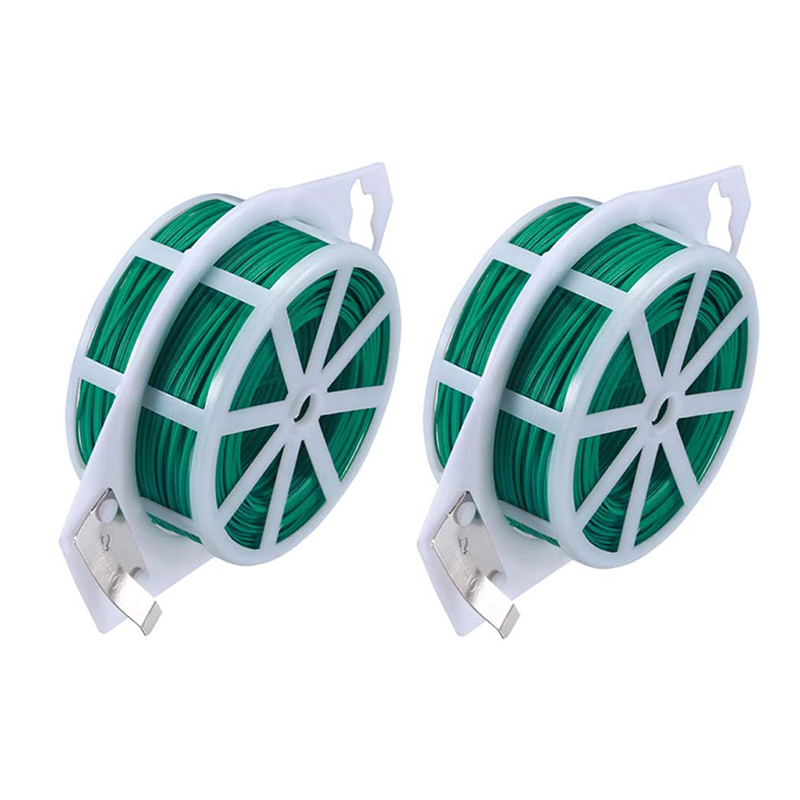
Garden Wire
Product information: The garden shingling is made of pvc plastic and high-quality galvanized iron wire, which is 3 to 4 times faster than any material, and the buckle is loose, the […]
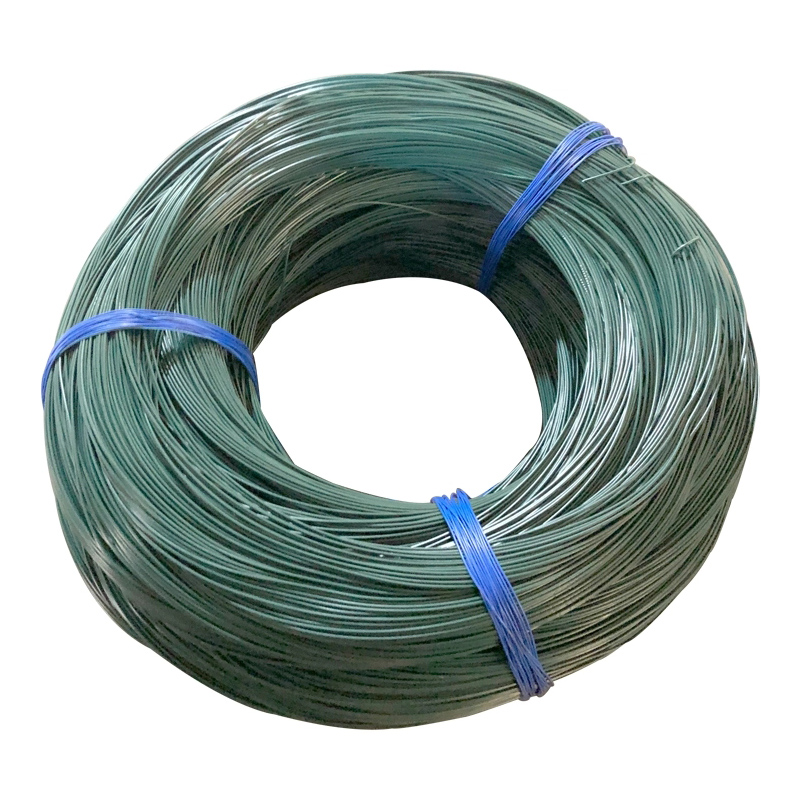
PVC Coated Wire
PVC coated wire, also called plastic coated wire, after high temperature dissolution cooled solid PVC particles uniformly wrapped in high-quality black iron wire and galvanized wi […]
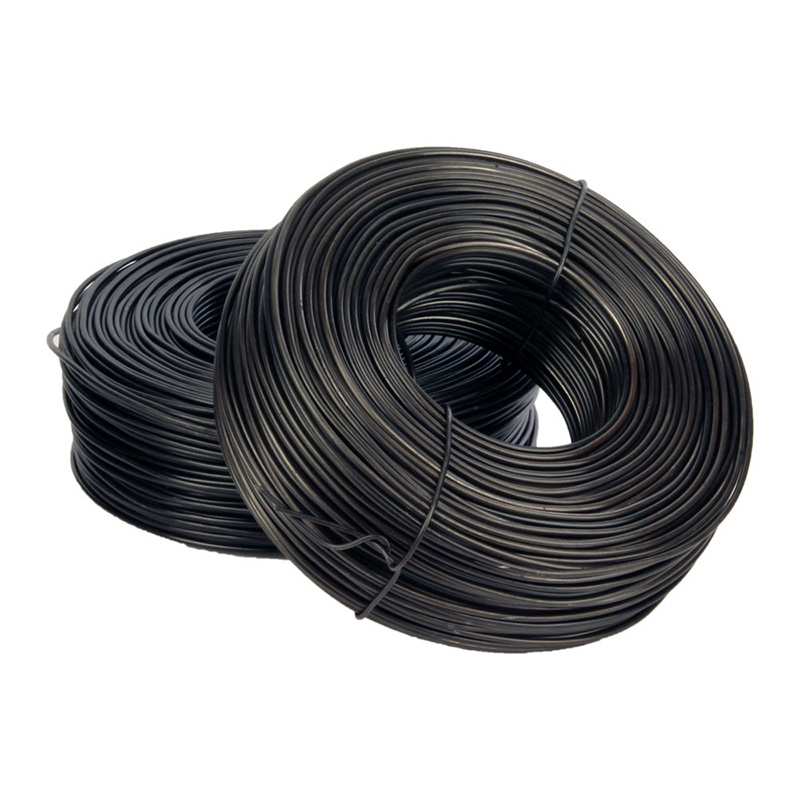
Tie Wire
Production Process of rebar tie wire : Steel rod coil — Wire Drawing — Wire Annealing–Rust Removing–Acid Washing– Boiling– Drying– Zinc Feeding– Wire Coiling. Wires Type 1.Galvaniz […]
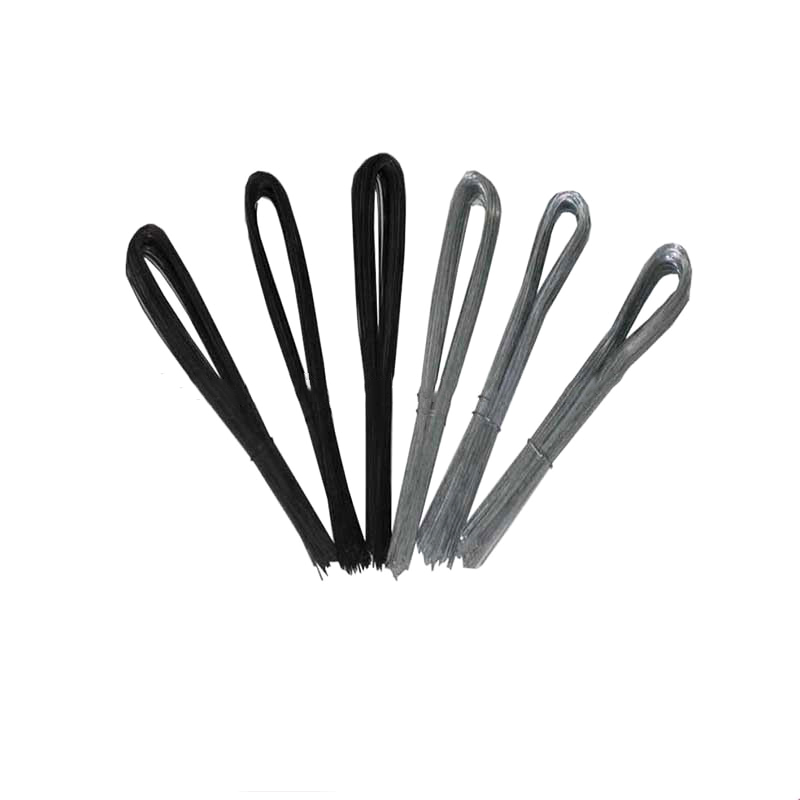
U Type Wire
Product information: Product Name Scaffolding Packing Galvanized Tie Wire Cuttings U Type Binding Wire Material Electro galvanized,hot dipped galvanized,black annealed,PVC coated W […]
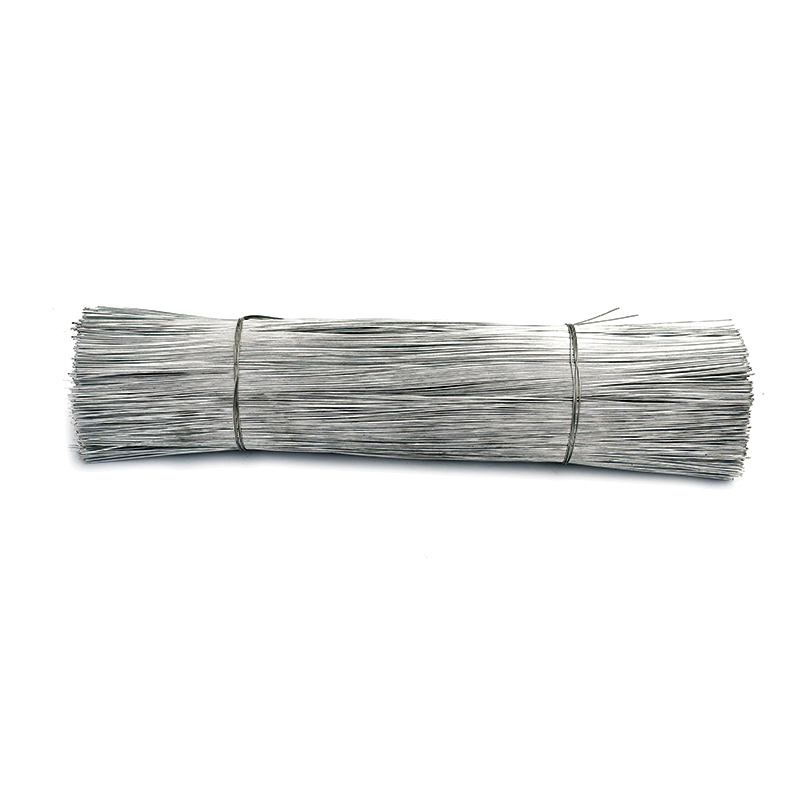
Cutting Wire
Product Description: Product Name Cutting Wire Zinc Coating 30-70g Place of Origin Chinese mainland Tensile Strength 33-50kg/mm2 Material Electro galvanizedHot dipped galvan […]

Black Annealed Wire
Product Description: Product name Black Annealed Wire MOQ: No Material Q195,Q235 Delivery time: 20days after payment Surface annealed or as your request Payment terms: T/T,L/C We […]
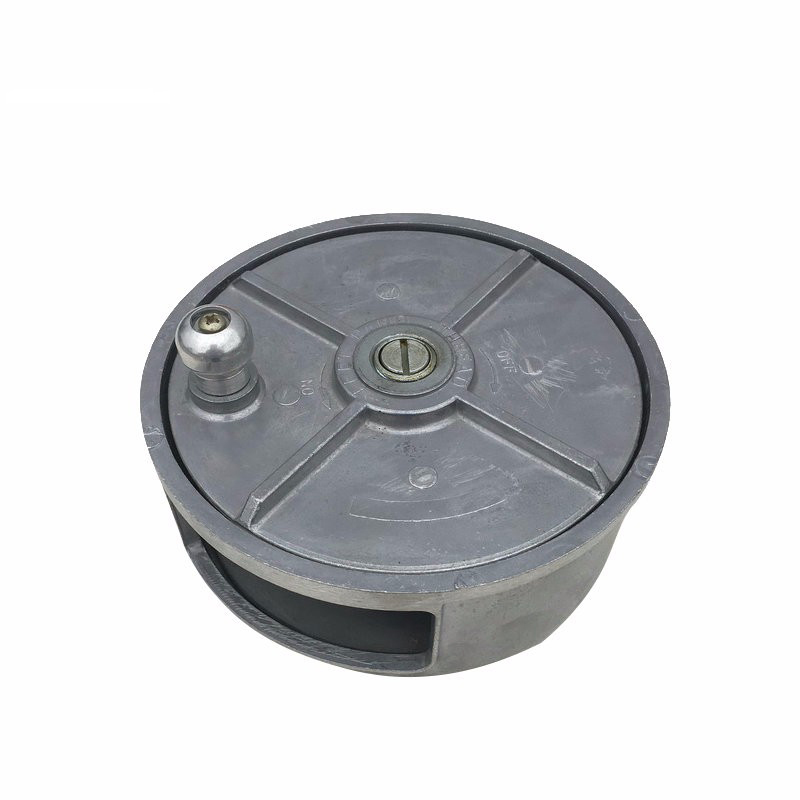
Reel Wire Tool
Product information: Specification of Aluminum Tie Wire Reel Material Plastic & Aluminum Weight 1.95LBS Application Binding Wire MOQ 1000pcs Sample Free Package 5PCS/CARTON &nb […]
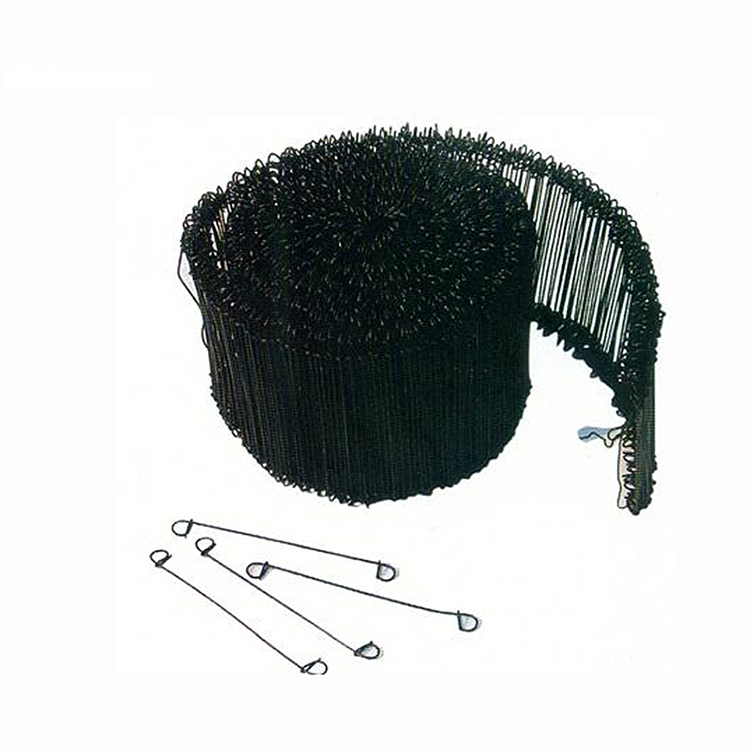
Double Loop Tie Wire
Double loop tie wire material Product Information: Wire diam. 0.5mm—2.0mm Finishes Black Annealed. Galvanized Annealed, Coppered, PVC coated, Stainless steel Wire gauge BWG6 […]
Post time: 2023-06-27
